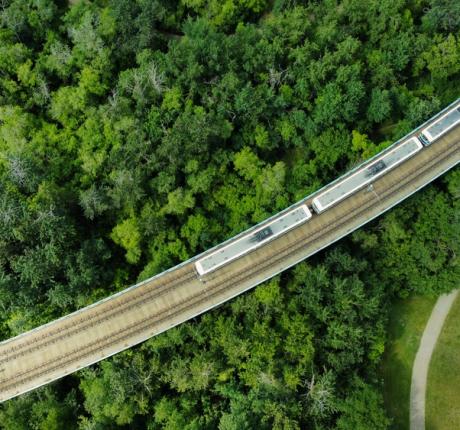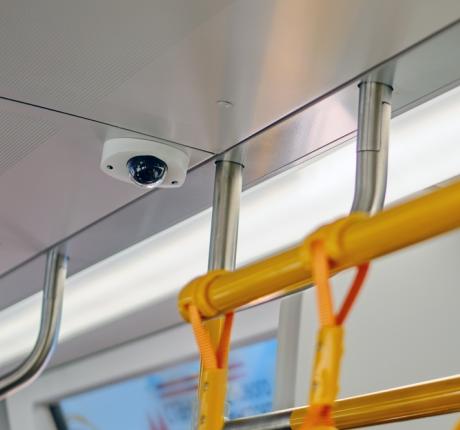
Improve fleet reliability with continuous monitoring
Condition-based maintenance
Conducting train maintenance work when it’s needed rather than when it’s scheduled. Repairing equipment before it fails. Preparing for work before it has to be carried out. These turning point changes are possible through the power of sensors, algorithms and predictive analytics.
Stay up-to-date! Subscribe to our news today.
Data analysis: the future of rail maintenance
Condition-based maintenance is the key to reducing fleet maintenance costs, improving reliability, reducing unexpected failures and maximizing passenger satisfaction. Based on sensor data a condition-based maintenance solution gives you the ability to understand the condition of all of your assets and use trend analysis and predictive algorithms to get the very most use out of every piece of equipment and repair it in a streamlined, planned way.

Conduct work when it’s needed – not when it’s planned
This ability ensures that you obtain the maximum lifetime of every component. In the rail industry, many items are often replaced earlier than required and as a result the entire industry replaces parts that may have only reached 70% of their usable lifetime.
Key components such as wheel bearings are now designed to last much longer than before. Advances in bearing grease for example now reduce rolling resistance under load to an unprecedented degree. Metallurgical advancements have led to steel alloys that increase wheel life and mitigate both flats and profile wear.
Thanks to condition-based maintenance, you can gain insights into the wear characteristics of all bogie elements, track their wear patterns and establish an ideal repair time window. Get the very most out of your components and cut costs in the process.

Repair it before it fails
This ability falls on the opposite end of the wear spectrum calculation. It’s used to predict the unexpected failure of a key component which can lead to train downtime and massive resulting costs. When a train unexpectedly fails it’s necessary to find a replacement train, refund passengers, deal with service delays, loss of trust and handle disruptions to previously planned maintenance work. Components that fail before their time are always an expensive problem for rail operators.
Condition-based maintenance offers the opportunity to prevent these costs through early detection of likely failure. Sensors monitor all systems at all times under real-time conditions. Analytics is capable of identifying reasons for failure and provide warnings to other trains where similar faults can be prevented.

Prior preparation prevents poor performance
Simply knowing that a part is reaching end of life is only one element of success; preparation is the key to a seamless, economical maintenance and repair cycle.
Pre-positioning equipment and reserving material and personnel drives down costs and cuts train downtime. When staff know what’s coming up next, what they need to handle the job and the exact steps they need to follow, efficiency gains and cost reductions quickly accumulate. In addition, spare parts can be ordered under ‘just in time’ provisions, reducing the amount of capital (and space) committed to unnecessary parts in the warehouse.



